The Contemporary Art Market Report 2016
Editorial by thierry Ehrmann
The Contemporary art market’s 1,370% turnover growth since 2000 has been fuelled by several major long-term drivers including ease of access to information, dematerialized sales, the financialisation of the Art Market and a booming global museum industry. Once this backdrop is fully appreciated, analysis of Contemporary Art sales becomes a healthier and more exhilarating exercise.
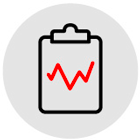 2015-2016 : synopsis
2015-2016 : synopsis
In a generally unstable and unfavourable economic context, the Contemporary Art Market, with its annual turnover of $1.5 billion, has shown remarkable stability and resilience. After approximately one year of adjustment, the first signs of recovery are already visible: the global price index gained 15% in H1 2016 primarily thanks to auction companies refocusing their sales onto the middle market.
Market geography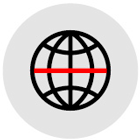
Although China is the world’s leading national marketplace for the secondary art market as a whole, on the Contemporary art segment it is in third place with 24% behind New York and London (together 65%) and the rest of the world accounting for just 11%. Nevertheless, a number of local art markets have shown stronger results in Europe and Asia, usually via their respective national artistic heros. Meanwhile, the auction house China Guardian (3% of global Contemporary Fine Art turnover) has made a strategic financial move that could be a game-changer.
Market structure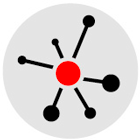
This past year, the market demonstrated both robustness and maturity. Temporarily abandoning the race for new auction records, the auction houses concentrated on works worth less than $50,000, thereby ensuring price stability, high transaction volumes and the overall liquidity of the Contemporary art market. However, the first half of 2016 has already posted 115 Contemporary art auction results above the million-dollar threshold.
The artists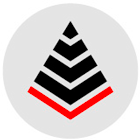
A fundamental part of any efficient market, periods of adjustment test collectors’ preferences and artists’ ratings. The twelve months from July 2015 to June 2016 have highlighted Contemporary art’s blue chip investments; but we have also seen a number of young artists legitimized by major cultural institutions, like Yoshitomo Nara, Mark Bradford and Adrian Ghenie.
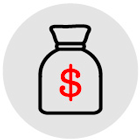 Investments
Investments
Very profitable in the long term, Contemporary art now competes with Post-War art as a financial investment. A well-diversified portfolio of Contemporary works can today expect to generate an annual yield of 5.6%, well above that of the art market as a whole of 2.3%.
Top 500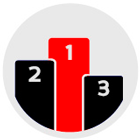
The individual auction performances of the world’s Top 500 artists paints an interesting picture of the Contemporary art market. Although it is dominated by the major American signatures, the ranking reflects the diversity of the market’s offer and indicates the latest preferences of collectors. Korean, Filipino and Cuban artists were particularly present last year.
All prices in this report are indicated in US dollars and all auction prices are given “including buyer’s fees”. The auction sales analysed in this report are exclusively sales of
Fine Art, i.e. paintings, sculptures, installations, drawings, photographs and prints, and do not include sales of anonymous cultural goods or furniture.
This report covers the period from July 2015 to June 2016.Contemporary artists are defined as artists born after 1945.






 30.6
30.6
